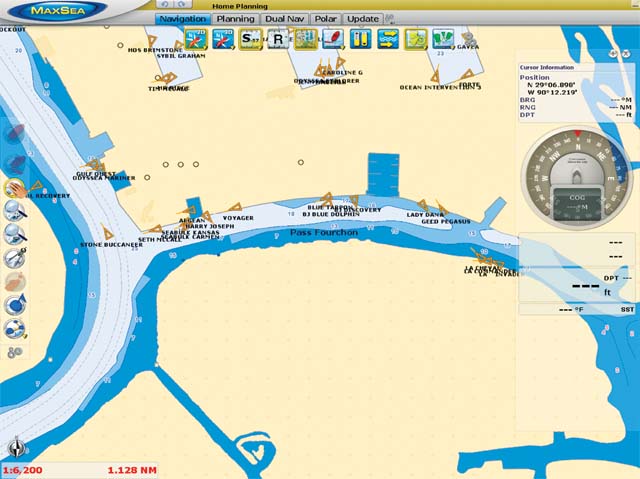Any automatic identification system (AIS) is perfectly capable of “lying” to you. This is otherwise known as broadcasting information that is simply not true and displaying it on a screen as fact when it’s fiction.
It could be that either the static or dynamic information was programmed incorrectly or not updated in a timely fashion. In fact, the towing sector has been singled out by the Coast Guard for its overall poor rate of compliance, specifically regarding the underway/moored/anchored status information.
AIS transmits the “position reports” — position/course/speed/ROT (rate of turn) information — at variable intervals depending on your activity, speed and whether your course is steady or not. The faster you move the more frequently the AIS transmits. When at anchor or moored, an AIS Class A transmits every three minutes. When underway the intervals vary from two to 10 seconds. Incorrect settings cause a lot of unnecessary data transmission, which uses much of the available bandwidth and “clogs the pipe.”
Or it could be that your AIS is transmitting intermittently, improperly, or not at all. This is a worrisome proposition. That’s because over the last few years I’ve heard the opinion expressed numerous times by mariners — in slightly different versions — that if you’re not on AIS “then you don’t exist.”
What can be taken from this viewpoint is that, from a navigation, collision-avoidance and general situational-awareness perspective, you’re functionally invisible without it due to the fact that navigation watch officers have become overreliant on AIS. If you’re not visible as an icon on a screen, then you’re just aren’t there — until you are. AIS is thus state-of-the-art technology that is misused. At this point it’s fair to wonder, is there any other kind?
Regardless, when you understand the technical details of how AIS actually works, it’s hard not to be impressed by the amazing “under the hood” technology. But the phrase made famous by Ronald Reagan still applies, “trust but verify.”





